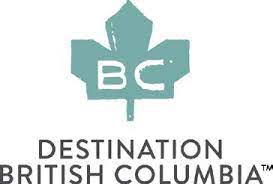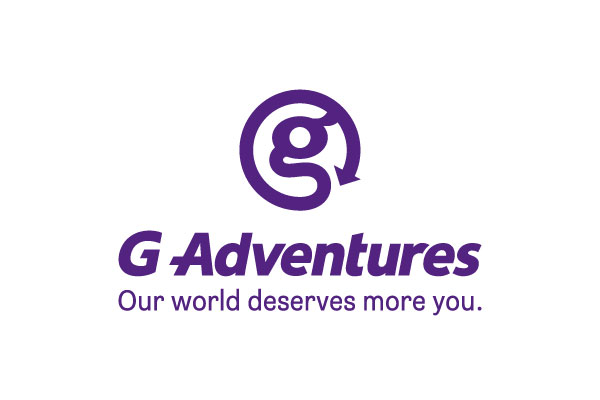US parks plan green

Green parks plan for sustainability incorporates 9 targets
US National Park Service Director Jonathan B. Jarvis today released the Green Parks Plan to focus the bureau on sustainable management of national parks and key environmental issues ranging from reducing energy and water consumption to limiting waste to lowering emissions of greenhouse gases.
"The Green Parks Plan is a comprehensive approach to sustainability that will reduce the National Park Service’s carbon footprint through actions taken in every park and office," Jarvis said during a news conference at the Lincoln Memorial. "It addresses how we will reduce our energy and water consumption, limit the waste we generate, mitigate the effects of climate change, change what we buy and how we manage facilities and integrate sustainable practices into every aspect of our operations."
Much of the success of the plan hinges on National Park Service employees – more than 20,000 – along with 220,000 volunteers, park partners and concessioners implementing the plan and adopting sustainability as a guiding value, "And embedding it in what we do, every day," Jarvis said.
The Green Parks Plan sets nine strategic goals:
- Continuously Improve Environmental Performance: meet or exceed the requirements of all applicable environmental laws.
- Be Climate Friendly and Climate Ready: reduce greenhouse gas emissions and determine how facilities can be adapted to respond to the risk posed by climate change.
- Be Energy Smart: improve energy performance and increase reliance on renewable energy.
- Be Water Wise: improve water use efficiency.
- Green Our Rides: transform vehicle fleet and adopt greener transportation methods.
- Buy Green and Reduce, Reuse, and Recycle: purchase environmentally friendly products and increase waste diversion and recycling.
- Preserve Outdoor Values: minimize the impact of facility operations on the external environment.
- Adopt Best Practices: employ sustainable best practices in all park operations.
- Foster Sustainability Beyond Our Boundaries: engage visitors about sustainability and invite their participation to take sustainable actions in the park and at home.
Each goal includes specific objectives. For example, by 2020, the National Park Service will reduce greenhouse gas emissions from on-site fossil fuel combustion and electricity consumption by 35 percent and non-irrigation potable water use by 30 percent.
Jarvis said change begins with thousands of small actions to conserve water and energy but he also highlighted two highly visible success stories at Santa Monica Mountains National Recreation Area in California and John Day Fossil Beds National Monument in Oregon. The buildings are called "Net Zero" because solar panels generate all power needed for operations.
The John Day project, a ranger station built in 2010, actually produces more than the energy required for its operation – enough to charge an electric car for 15,000 miles a year.
The Santa Monica Mountains Interagency Visitor Center is one of more than 40 LEED certified buildings in the National Park Service. At the LEED certified platinum level, it is the first federal LEED certified building in California.
Other sustainability projects at national parks include:
- Mammoth Cave National Park in Kentucky. The park has reached the Green Parks Plan goal with more than half of all waste diverted from the landfill and recycled.
- The Lincoln Memorial Reflecting Pool. The 90-year-old pool is gone, the new pool, which reduces water usage from 7 million to 5 million gallons of water, is due to open this summer.
- Through relighting, Big Bend National Park in Texas reduced its light bill by 95 percent and garnered the park official "Dark Sky" designation from the International Dark-Sky Association. It’s one of 10 dark sky parks in the world and a boon to night sky tourism.
- Assateague Island National Seashore installed solar panels that provide 50 percent of power at a new ranger station and solar power for night lights at campground toilets. It also has portable recycling units around the park to divert waste from the landfill.
The Green Parks Plan also focuses on outreach with concessioners, local communities, and other partners to promote sustainability. Concessioners, for example, are one of the early success stories when it comes to environmental sustainability in national parks. Concessioners have programs to recycle and compost waste, conserve water and energy and reduce fleet fuel consumption. They also look to the National Park Service for guidance on care and "greening" of historic buildings.
"To succeed, we must think and act on a scale that extends beyond park boundaries," Jarvis said. "We will collaborate with and learn from our partners, concessioners, and surrounding communities. We will share our success stories and explain our approach to sustainability in ways that engage the 280 million people who visit their national parks every year. We’ll invite them to do their part in the park and at home."
For more about the National Park Service Green Parks Plan please visit http://www.nps.gov/greenparksplan
Valere Tjolle
FREE and Special Offers on sustainable tourism information for destinations, tour operators, travel agents, hotels, tourist attractions, colleges and universities HERE
 United Kingdom
United Kingdom United States
United States Asia Pacific
Asia Pacific












































Dozens fall ill in P&O Cruises ship outbreak
Turkish Airlines flight in emergency landing after pilot dies
Boy falls to death on cruise ship
Unexpected wave rocks cruise ship
Woman dies after going overboard in English Channel